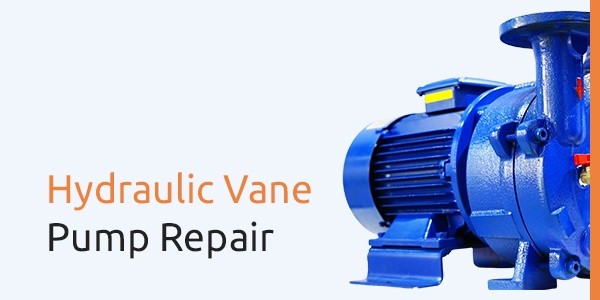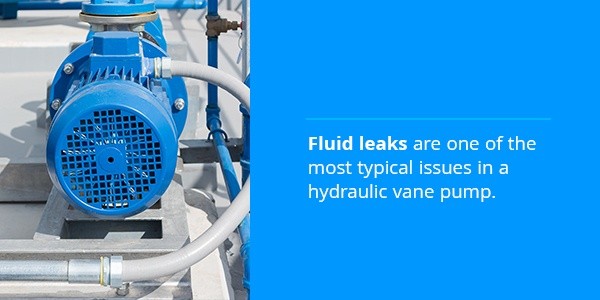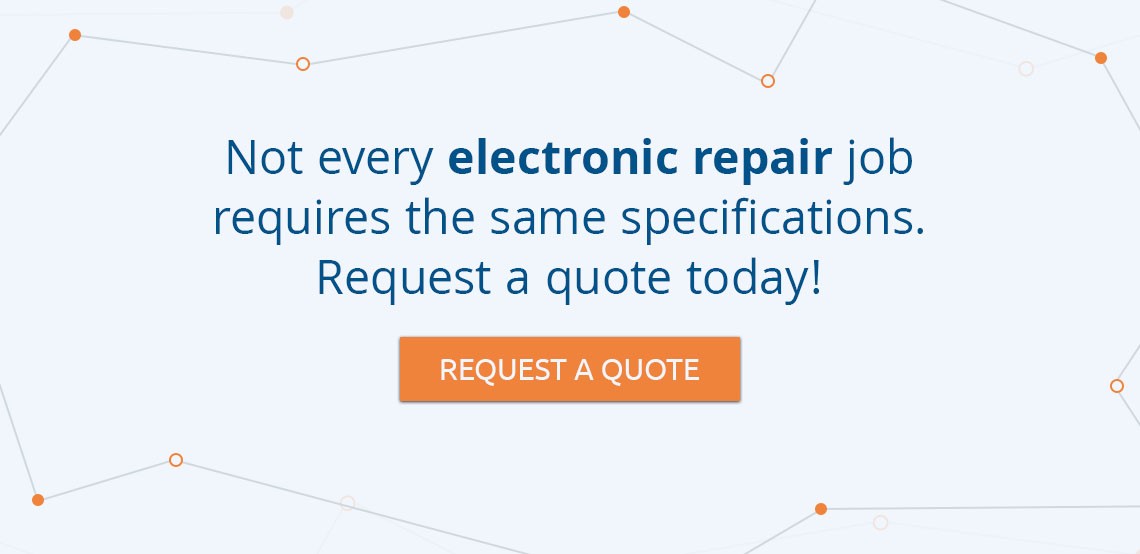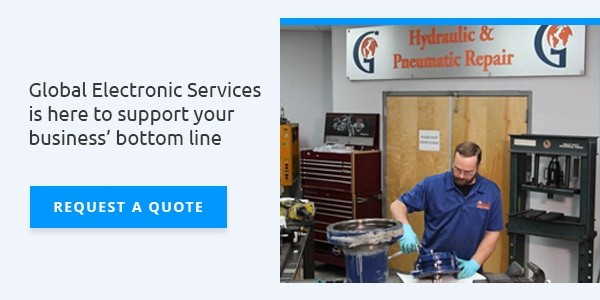Request Repair Quote
Fill out the form below, or call for quote to![]() 877.249.1701 with a Repair Price Guarantee!
877.249.1701 with a Repair Price Guarantee!
OUR SERVICES INCLUDE:
- In-House Repair Service
- Repair Price Guarantee
- Risk Free Evaluations
- Fast 3-5 Day Turnaround
- Rush Service Available
- 2 Year In-Service Warranty
- 24/7/365 Maintenance Service
I just wanted to take the time to thank all of the staff at Global Electronic Services. Everyone at your office has been a great help with all of our problems. Global Electronic Services has cut our downtime and repair cost in half. Everyone has treated our problems as if they were their own. You do not find this type of service anymore. Your company has made our problems better, with your fast friendly service and standing behind your work. — Albert - Dublin ,GA
OUR LOCATIONS

Global Electronic Services, Inc 5325 Palmero Ct.
Buford, GA 30518
Phone: 877-249-1701

Global Electronic Services - Service Center 1010 Pamela Drive
Euless, TX 76040
Phone: 877-249-1701

Hydraulic Vane Pump Repair
Your business relies on efficient and accurate hydraulic systems to maintain a steady flow of operations. But what should you expect when a vane pump starts to experience issues, and how can you troubleshoot these problems? What are common concerns to be on the lookout for?
At Global Electronic Services, we specialize in hydraulic vane pump repairs. We can help you determine when making repairs on your own is doable versus relying on professionals.
What Is a Vane Pump?
Also commonly referred to as a rotary vane pump, this particular type of hydraulic pump may only have a few moving parts, but their precision is crucial. A vane pump is a positive displacement pump with a high flow rate often used for lower-pressure applications. It can operate with various configurations like swinging, external, rolling, flexible and sliding vanes and does not have any metal-to-metal contact internally.
Several advantages of a vane pump include:
- Can handle thin liquids at higher pressures
- Has excellent vacuum
- Often used for solvents
- Relies on the vane extension to reduce wear
- Runs dry for short periods
They have also earned a reputation for their easy maintenance, which is excellent for reducing downtime and increasing productivity.
How Does a Hydraulic Vane Pump Work?
While various vane pump configurations exist, they essentially operate the same way. Hydraulic vane pumps are efficient and reliable solutions for multiple industries. Vane pumps use individual plates called “vanes” set to a rotor that rotates inside the pump’s internal cavity. As the vanes move, they create different-sized chambers, which generate flow within the pump.
Inside a cycloidal cam sits a slotted rotor that sits close to the cam wall, forming a crescent-shaped cavity. Two side plates seal the rotor into the cam as the vanes fit between the impeller’s slots. A vane pump operates using spring-loaded and pressure-activated vanes, which push outward onto the cam ring. As the motor’s rotor rotates, the vanes direct the liquid to the opposite side of the cavity, then squeeze it through the discharge holes found in the cam.
Common Issues With Hydraulic Vane Pumps
Without proper maintenance and regular repairs, pumps can break and cause further damage to your company’s hydraulic system. Make sure to monitor each vane pump system to avoid costly, extensive repairs in the future.
Common signs of hydraulic vane pump issues include:
- High fluid temperature
- Noise
- Slow pump
High fluid temperatures can be the most challenging issue to solve because they can often cause other problems within the system. For example, a pump can overheat because of inefficiencies, but the system can also become more inefficient because of overheating. In an overheating situation, consider what is causing the increase in fluid temperature and determine what components may need replacing.
It’s also essential to be familiar with the hydraulic system’s usual operating sound, so you can quickly identify different mechanical breakdowns. For example, worn bearings often give off a screeching sound, while cavitation sounds like a low growl.
A slow or inefficient hydraulic vane pump could indicate low fluid levels, stuck components like valves or pistons or the use of low-viscosity oil.
These three issues are not problems themselves, but indicate internal difficulties that require further examination. When you or your crew recognize any of these initial signs, make immediate repairs to reduce the risk of a failed pump.
Loud noises, an inefficient pump or high temperatures could be the result of several different issues, including:
- Cavitation
- Fluid leaks
- High temperatures
- Hydraulics with air inside
- Stuck components
- Wear and tear

Cavitation is when small bubbles form in the fluid. As pressure increases, the bubbles collapse and release high amounts of energy within the hydraulic system. This excess of energy can damage system components and cause pump issues. It often sounds like a low growl, so it’s crucial to fix this issue immediately, or it can destroy your company’s pump in minutes. If the pump doesn’t have a design flaw, cavitation can indicate clogged filters or that air is inside the system.
Fluid leaks are one of the most typical issues in a hydraulic vane pump. Leaks arise from worn components like hoses and gaskets. If you don’t see fluid leaks, a slow-performing pump or a low reservoir can also indicate a leak. Repair any of the worn components as necessary and check all the internal parts.
Your company’s vane pump may also experience high temperatures from an improper heat load. If the system experiences high inefficiency levels or the power input is too high, excess energy becomes heat. Fluid viscosity is another possible contributor if you’re using a lower-viscosity fluid, which can overheat the pump. Overheating can cause the fluid to break down quickly, therefore lowering the viscosity even more. Finally, cavitation can also contribute to an overheated pump.
Problems can also arise when air gets into the hydraulic system, causing a slowly operating pump or milky-looking discharge. If this is the case, and small amounts of air are present, run the system on low for about one hour for the fluid to absorb and dissipate the air. You can also bleed air from a release point in the hydraulic system.
When internal components like veins and pistons get stuck, inefficiencies and noises begin to arise. Once you identify the seized parts, you can also determine the cause. For example, rusted pieces can indicate water leaking into the hydraulic system, or varnished residue can mean the pump is operating at extreme temperatures.
Wear and tear happen to any hydraulic system, so keeping a regular maintenance schedule is essential. Check for loose and worn parts, then repair and replace as necessary. If you begin to hear odd noises, they can indicate loose screws, slackened connections and couplings, worn bushings or overworked parts.
How to Troubleshoot Vane Pump Problems
It can be challenging to pinpoint flaws within your company’s vane pump because sometimes problems can be multifaceted or be part of a larger chain issue. Knowing telltale signs is helpful, but fixing the trouble yourself can lead to more damage or injuries depending on the situation.
Have maintenance personnel check for preliminary problems and ensure your work zone is clean to prevent pump clogs. Further troubleshooting steps you can take include:
- Check mounting screws and hose attachment connections.
- Examine connection points for fluid leaks.
- Know cavitation signs.
- Know the vane pump’s normal operating sounds and be aware of variations.
- Look at fluid levels, color and viscosity.
If you can’t troubleshoot and repair your company’s hydraulic vane pump, relying on professionals is the next step.
Vane Pump Repair Services at Global Electronic Services
At Global Electronic Services, we repair and service hydraulics and pneumatics, including vane pumps. Our step-by-step vane pump repair process includes:
- Inspect the fluid reservoir and detect possible contaminants.
- Examine and overhaul the vane system.
- Inspect, test and replace the relief valve where needed.
- Check and repair the shaft and rotor.
- Replace any worn mechanical assemblies.
- Replace the bearing and oil seal every time.
- Check and repair the pressure and return ports.
Our factory-trained and certified technicians disassemble the entire pump to identify the exact issue. We then make repairs where possible, then replace damaged components with OEM parts. After reassembly, we test the hydraulic pump to ensure it operates according to its specifications. Ask a Global Electronic Services tech about your hydraulic vane pump today.
We offer an 2 Year In-Service Warranty, with standard repair times reaching between one and five days. Our customer service team is available 24/7/365 when you need fast and accurate repair services to minimize your operation’s downtime. We evaluate each vane pump before starting repairs to let you know what to expect because we believe transparency is pivotal.
Request a Quote
Reach out to us by calling 877-249-1701 or request a quote online to learn more about how we can repair your company’s hydraulic vane pump. Global Electronic Services is here to support your business’ bottom line to keep you running when it matters most.




